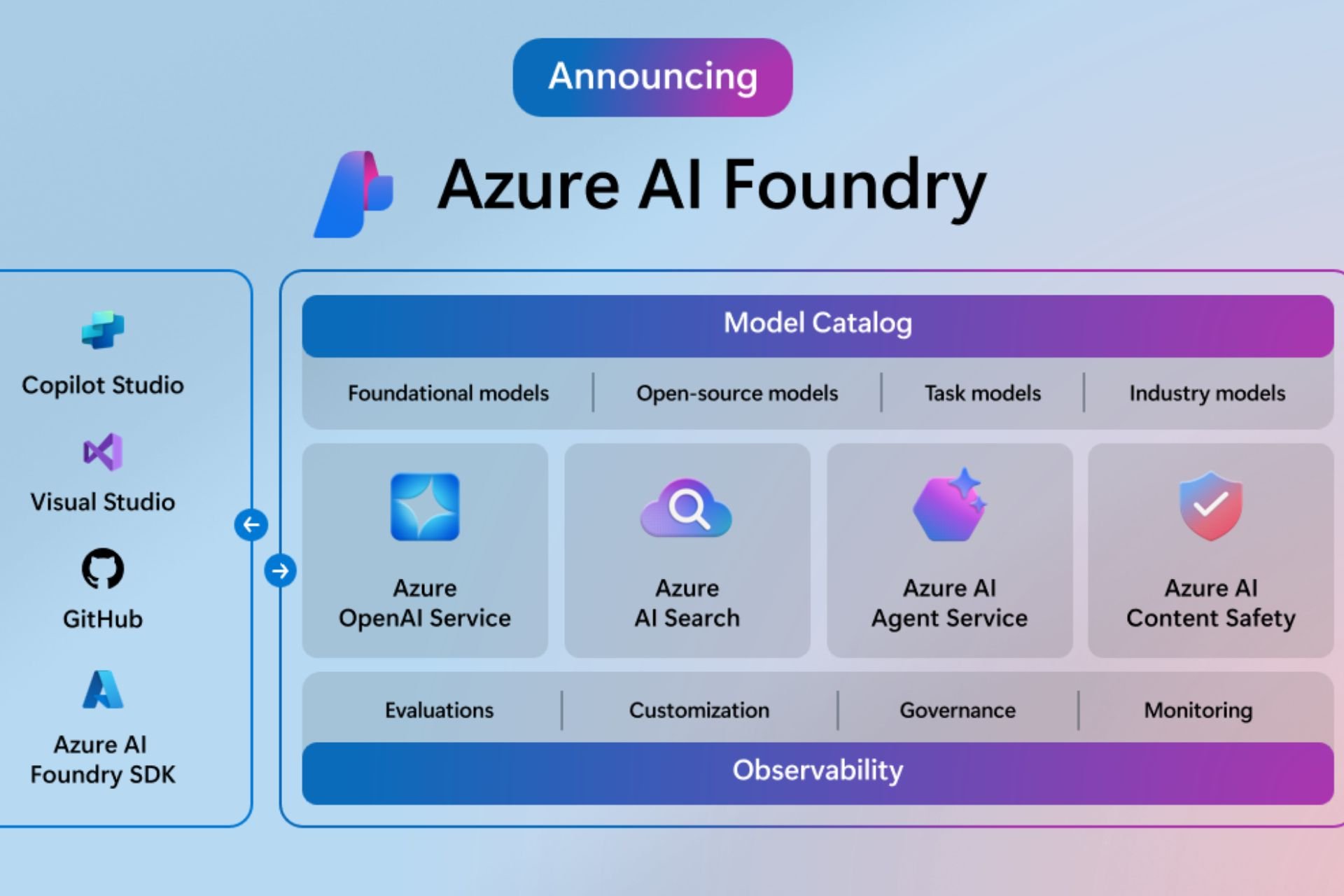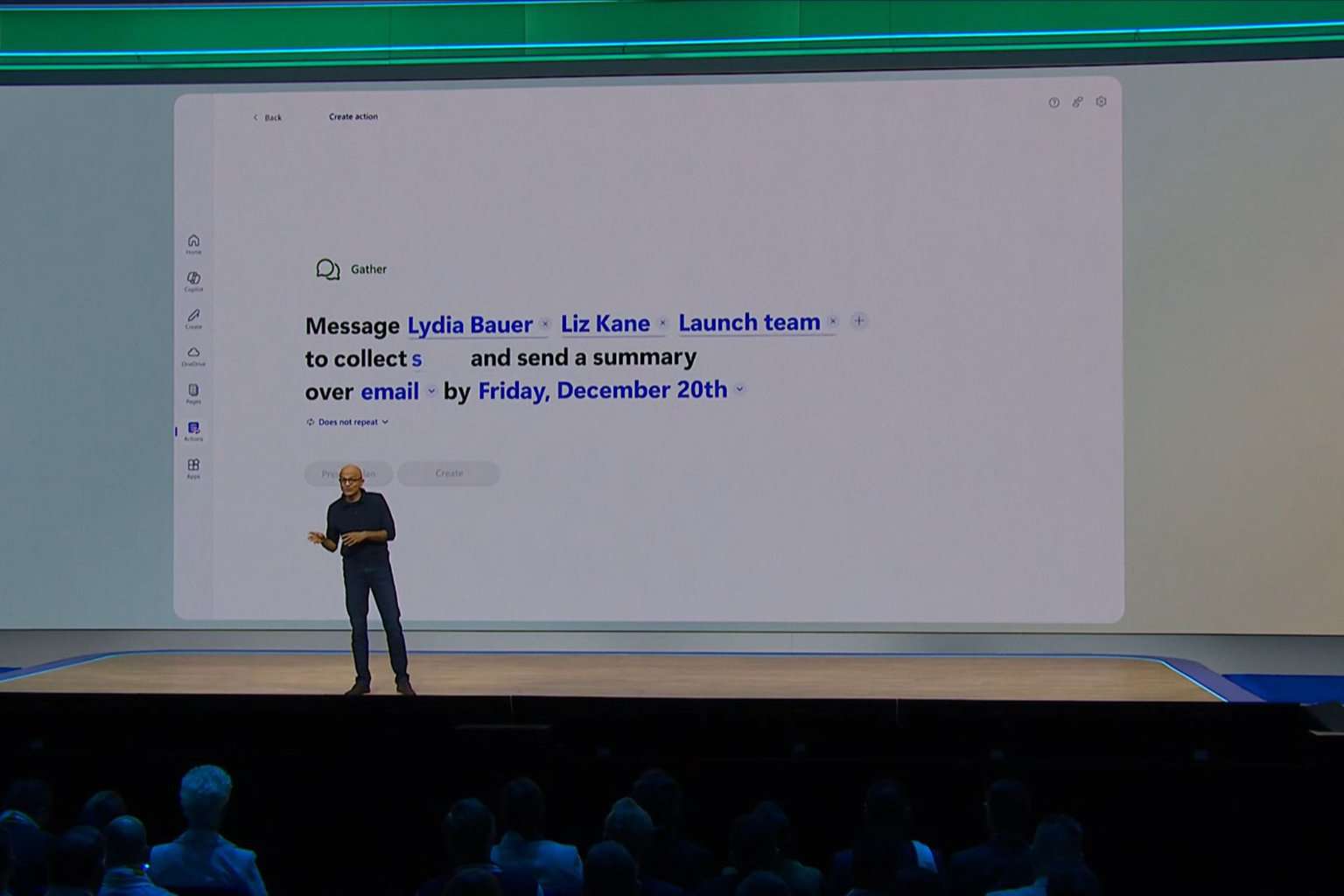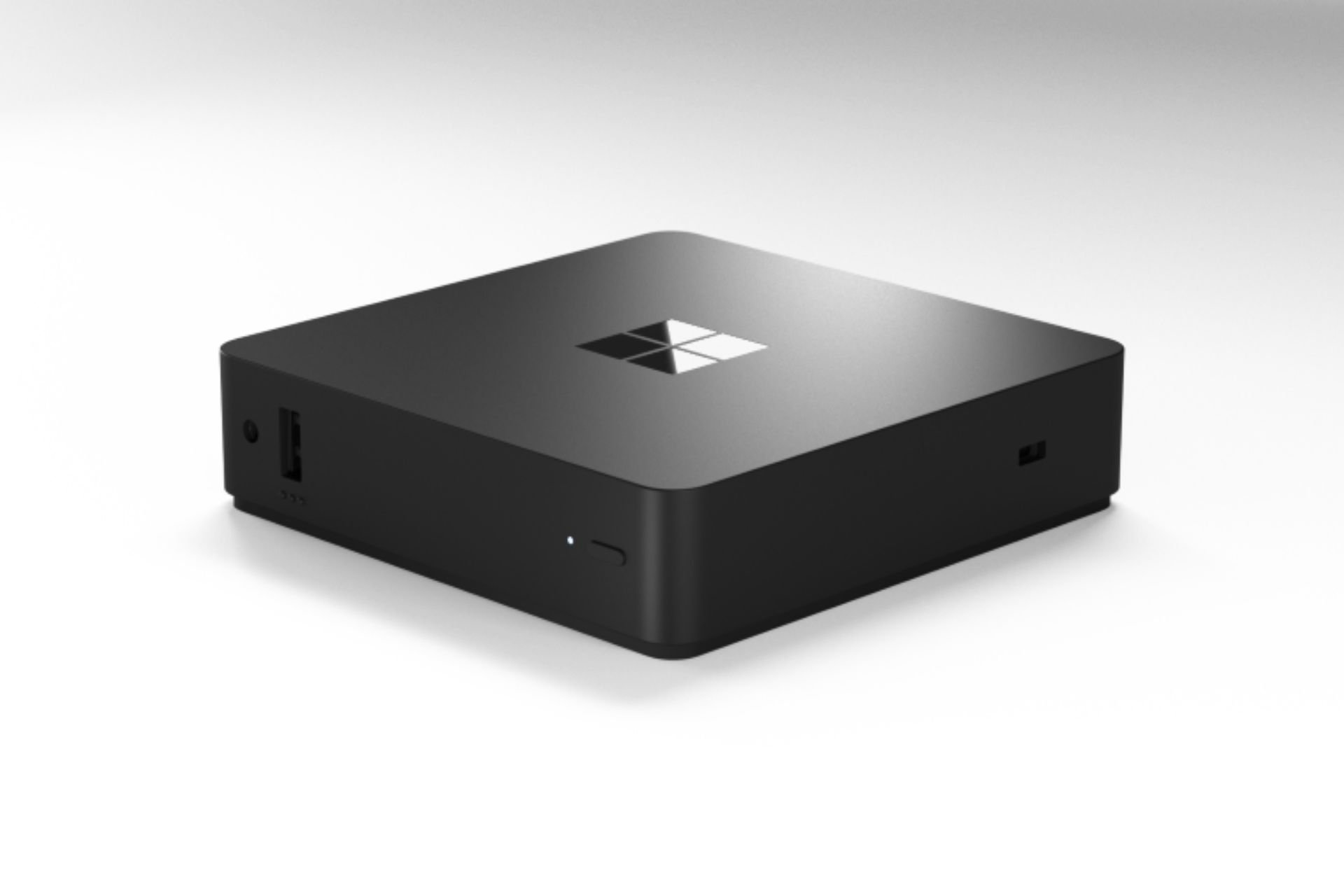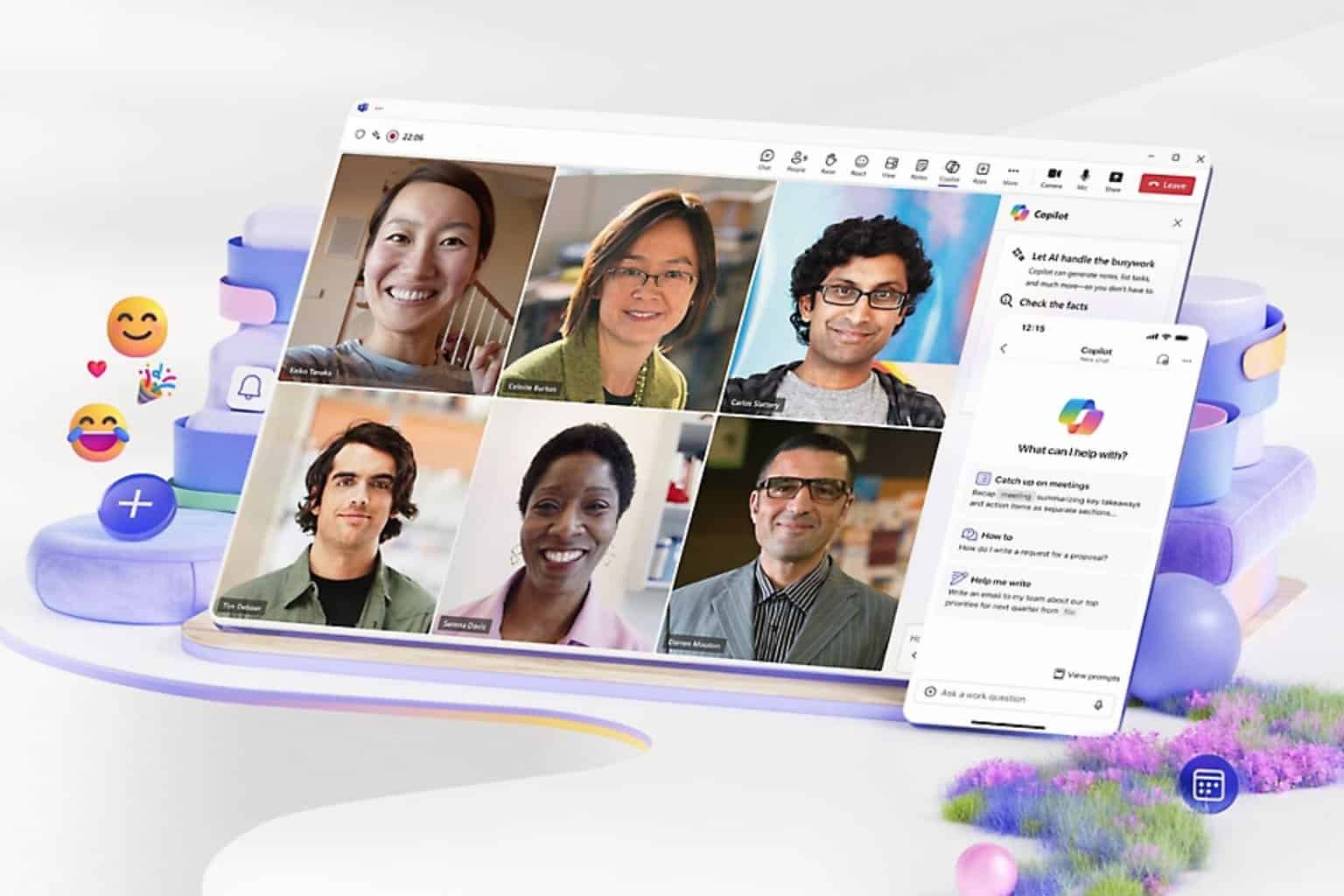Microsoft reaches natural conversation level with AI chatbots
2 min. read
Published on
Read our disclosure page to find out how can you help Windows Report sustain the editorial team. Read more

There are already a lot of existing chatbots that let you have a conversation with them. But you have to be extremely clear and straightforward so that the chatbot is able to correctly understand what you’re telling it.
Microsoft recently announced that it created the first tech breakthrough that will allow us to have more natural conversations with them. The company says that we’ll be able to speak to them just like we talk to one other.
Xiaolce makes breakthrough in natural conversation
Microsoft’s chatbot, Xiaolce, just got some new updates that make it a lot smarter. The company will use the same technology to other chatbots and this includes Zo in the US.
The latest update implemented in Xiaolce is called “full duplex voice sense” and it works by expanding the chatbot’s ability to predict what the person she’s talking to will say next.
This would help her make better decisions about both how and when she is supposed to respond to a person who is talking to her. This set of skills is obviously quite natural for people, but it’s not common for chatbots. At least, it wasn’t until now.
The newest technology reduces lag time
This new tech that is implemented in Xialoce will reduce the lag time responsible for the unnatural and awkward conversations with chatbots. This will also resolve another annoying thing related to chatbot conversations, and we are referring to the “wake word.” You won’t have to use a wake word anymore. For instance, you will not have to say ‘Hey, Cortana’ every time you respond to the chatbot during a conversation.
Cortana won’t be enjoying these improvements soon
The AI assistant won’t be seeing these improvements soon because they are only targeted at Microsoft’s AI-powered social chatbots such as Zo, Xiaolce, Rinna, and Ruuh. These are designed to have more extended conversations, unlike Cortana who is considered by Microsoft nothing more than a productivity-focused sidekick.
RELATED STORIES TO CHECK OUT:
- Microsoft tries to create qubits and lead quantum computing research
- Microsoft nears 1 billion goal with almost 700 million active users









User forum
0 messages